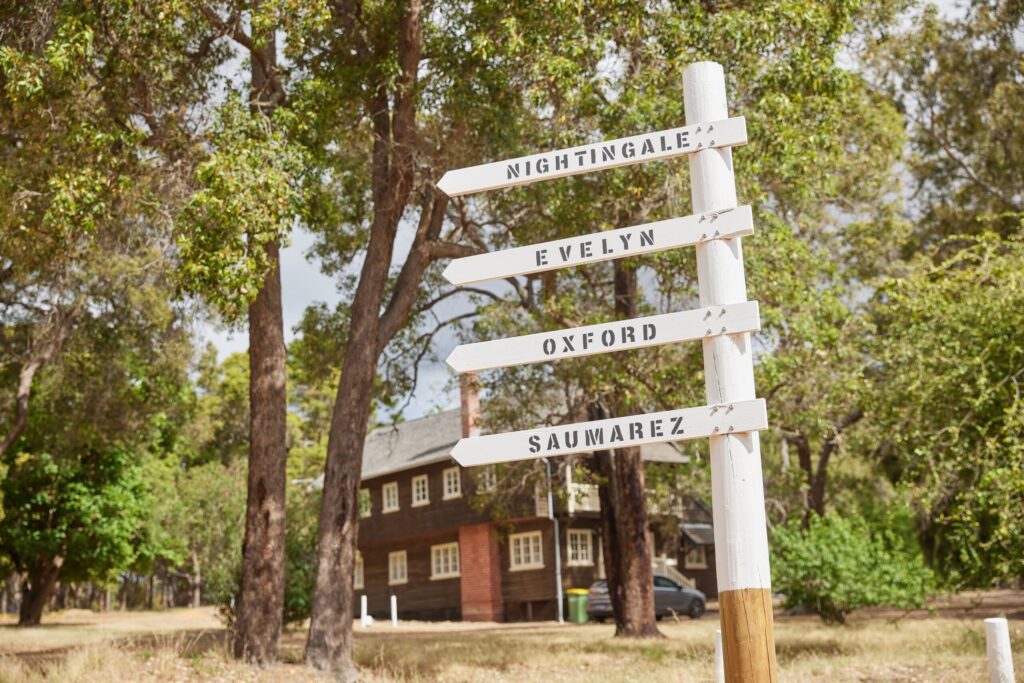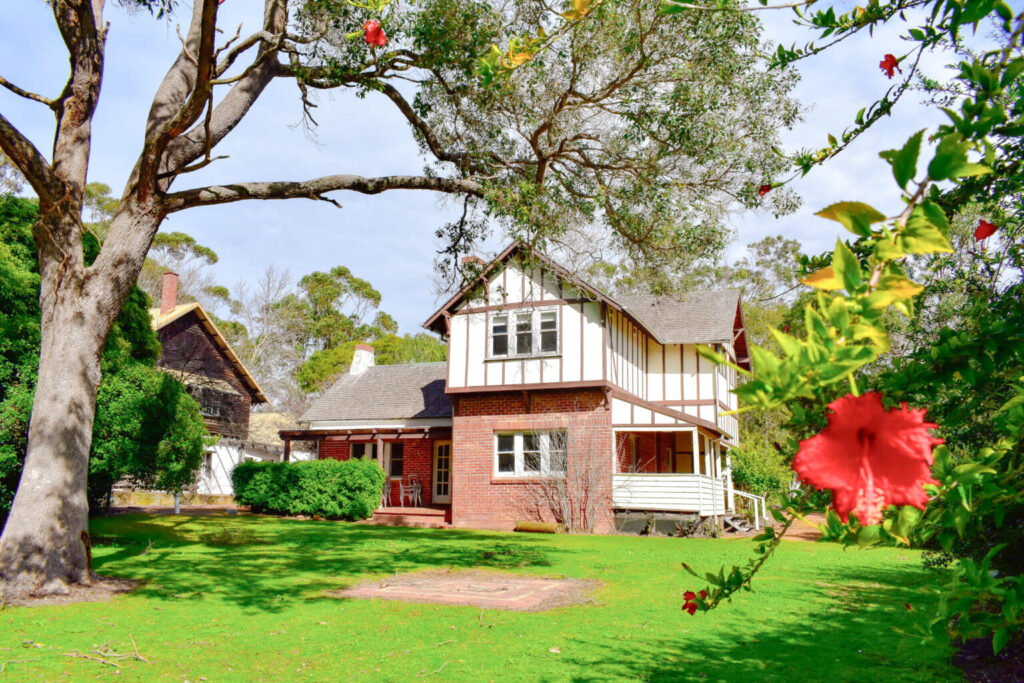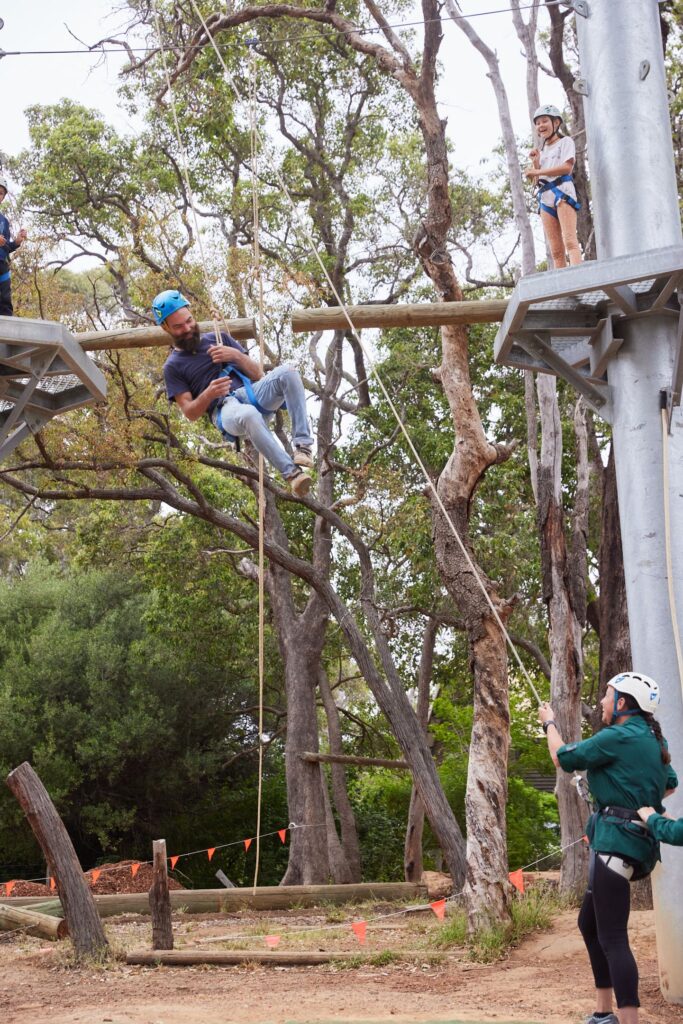
Cultural heritage encompasses the traditions, artifacts, buildings, and landscapes that form the identity of a community or nation. Preserving cultural heritage is more than just maintaining old buildings or curating artifacts in museums; it is about keeping the stories, values, and traditions of past generations alive for future ones.
In Australia, this effort is crucial, given the country’s diverse cultural landscape and rich history. As such, we’ll explore what preserving cultural heritage means, why it is important, and how it is being achieved, particularly through the example of Fairbridge Village.
Understanding Cultural Heritage
Cultural heritage refers to the legacy of physical artifacts and intangible attributes of a group or society that are inherited from past generations. It includes tangible heritage such as buildings, monuments, books, works of art, and artifacts.
Intangible heritage, on the other hand, encompasses traditions, language, knowledge, and skills that communities, groups, and individuals recognise as part of their cultural heritage. In Australia, both tangible and intangible cultural heritage play significant roles in shaping the nation’s identity.
Tangible Cultural Heritage
Tangible cultural heritage is often the most visible form of heritage preservation. This includes historic buildings, monuments, and sites that hold cultural significance. For instance, Fairbridge Village in Western Australia is a notable example of a site that has been preserved due to its historical and cultural importance. Established in 1912 as a farm school for British children, Fairbridge Village represents a significant chapter in Australia’s social history. Today, it stands as a testament to the experiences of the children who lived and worked there, preserving their stories and the architecture of the time.
Intangible Cultural Heritage
Intangible cultural heritage includes traditions, language, and customs that are passed down through generations. These elements of culture are less visible but equally important in maintaining a community’s identity. In Australia, the preservation of Indigenous languages, stories, and practices is crucial to maintaining the cultural heritage of Aboriginal and Torres Strait Islander peoples. These practices are often at risk of being lost due to the effects of colonisation, modernisation, and globalisation.

Strategies for Preserving Cultural Heritage
Despite these challenges, there are various strategies and initiatives in place to preserve cultural heritage. These include the use of technology, community involvement, and government policies.
Use of Technology
Technology plays an increasingly important role in preserving cultural heritage. Digital archiving, for example, allows for the preservation of documents, photographs, and other artifacts in digital form, making them accessible to a wider audience and protecting them from physical deterioration. Virtual reality and augmented reality are also being used to create immersive experiences of historic sites, allowing people to explore and learn about cultural heritage in new and innovative ways.
Community Involvement
Community involvement is crucial in preserving cultural heritage. Local communities are often the custodians of their own heritage, and their involvement in preservation efforts is essential. This can include everything from participating in the restoration of historic buildings to passing down traditions and stories to younger generations. At Fairbridge Village, the local community plays a key role in preserving the site’s history and ensuring that it remains a vibrant and meaningful place for future generations.
Government Policies and Support
Government policies and support are also vital in preserving cultural heritage. In Australia, there are various laws and regulations in place to protect heritage sites and ensure that they are preserved for future generations. Government funding and grants also provide essential support for heritage conservation projects. Additionally, government agencies work closely with communities and organisations to develop strategies for preserving both tangible and intangible cultural heritage.

The Role of Fairbridge Village in Cultural Heritage Preservation
Fairbridge Village is an excellent example of how cultural heritage can be preserved and utilised for educational and community purposes. The village was established in 1912 by Kingsley Fairbridge as a farm school for British children, many of whom were orphans or from disadvantaged backgrounds. The children were sent to Fairbridge to learn farming skills and to be prepared for a new life in Australia.
Today, Fairbridge Village has been preserved as a heritage site, offering a unique glimpse into this aspect of Australia’s history. The village includes original buildings, artifacts, and a wealth of historical information that tells the story of the children who lived and worked there. It serves as a reminder of the experiences of these children and the broader social history of the time.
Fairbridge Village is not only a site of historical significance but also a place of community engagement and education. It hosts a range of activities and programs that allow visitors to learn about the history of the village and the importance of preserving cultural heritage. The village also plays an active role in the local community, providing a space for events, workshops, and other activities that contribute to the preservation of cultural heritage.
Conclusion
Preserving cultural heritage is essential for maintaining the identity, history, and values of a community or nation. In Australia, efforts to preserve both tangible and intangible cultural heritage are crucial in ensuring that future generations can connect with the past and understand the rich cultural diversity of the country.










